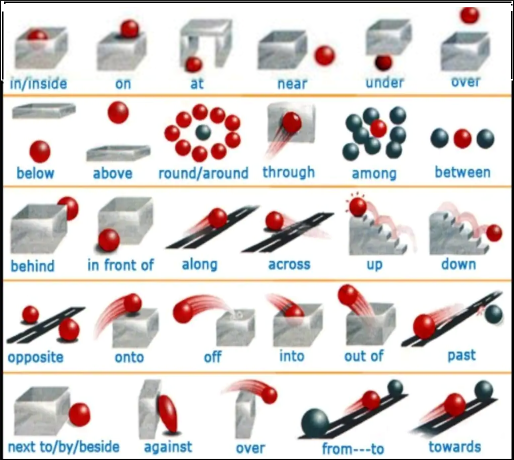Maybe the commonest type of research question in describing a language is ‘how does one say X in the language’, where X may be the meaning of a lexical item or phrase or the function of a construction, commonly phrased in the lingua franca used as metalanguage. This procedure of data collection is semantics-driven.
Semantics-driven collection of lexical data
Linguistic stimuli
Linguistic stimuli presented to informants are simply lexical items of the metalanguage. S. the page on example translation for a proviso with this method. Heeding it, there are two established variants of it:
- The basic vocabulary may be collected on the basis of a list. This has the advantage of concentrating on the central part of the vocabulary. If the task is to produce a lexicon, this method can help the researcher not to forget essential items.
- The vocabulary of a lexical field may be collected, again on the basis of a relevant list. This method is sounder from the point of view of lexicology, since the meaning of a linguistic item is delimited in contrast to items from the same lexical field.
The two approaches neatly complement each other. A basis for both of them is provided by Bouquiaux & Thomas 1992 and Shin 1995. It remains to say that semantics-driven collection of lexical data by linguistic stimuli is error-prone because there are no exact translation equivalents. Even a concrete meaning like ‘bird’ requires a context in order to be translated, as becomes obvious if sentences like the eagle is a bird and the sparrow is a bird are translated into Spanish (producing ave and pájaro, resp.).
Non-linguistic stimuli
Non-linguistic stimuli for lexical items are usually visual. For concepts of high time-stability (i.e. of thing-like objects), usually a picture will do. As long as one looks for lexemes with a general meaning like ‘tree’, ‘bird’ etc., drawings are preferable to fotos, as the latter are liable to provoke responses like oak and swallow. On the other hand, this method will not find very general cover terms like ‘plant’ or ‘animal’. It also fails for relational terms like kinship terms. For the representation of concepts of low time-stability, videos are needed. Needless to say, visual stimuli can only show concrete objects. For abstract notions like ‘hate’ or ‘happy’, situations have to be constructed which imply the target notion.
Acoustic non-linguistic stimuli are used if the research topic is the linguistic categorization of sounds.
Function-driven collection of grammatical data
Just as the semantics-driven collection of lexical data presupposes a framework like lexical fields, the same goes for the function-driven collection of grammatical data. A framework that may be used is the set of functional domains of language.
Linguistic stimuli
This method has been refined by Östen Dahl, for instance in Dahl (ed.) 2000, appendices. Here, characteristic little stories or situations are constructed in which the sentence to be translated is embedded. The context is configured in such a way as to force the association of that sentence with the cognitive category which is at stake and whose expression in the target language is to be tested. Examples are in the section on example translation.
Non-linguistic stimuli
Another set of methods within an overall onomasiological approach involves the elicitation of linguistic behavior by non-linguistic stimuli. A picture series like the following is often used to illustrate local relations and spatial regions:

Source: https://www.slideshare.net/Marlonptt/aguante-ab-diapositivas/3
From the point of view of general linguistics, this particular diagram illustrates some important points:
- The pictures represent in an unambiguous way the relations meant. They need no legend; the English expressions could be deleted.
- The original purpose of this diagram is to teach English prepositions. The entire conception is therefore English-based; for instance, local relations and spatial regions are not distinguished systematically.
The Max Planck Institute for Psycholinguistics at Nijmegen developed, mainly during the period of the Cognitive Anthropology Research Group, a sizable set of tools, kits and experiments to be employed to collect data in diverse cognitive and communicative fields. One type of methods involves the representation of little scenes with puppets or by silent movies, which are then to be described or retold by the native subjects. There may also be communicative problems to be solved, such as the task to orient a fellow in space or to instruct him to mount a device. All of these methods presuppose a certain functional domain and a set of cognitive or communicative operations in it. The setup of the experiment is designed, and the task is defined in such a way as to guarantee that the linguistic solution to the task will make use of the grammatical devices that the object language possesses in that area.
The advantage of this type of method against those methods which involve translation is that it excludes interference from other languages. Its disadvantage is, of course, that it is relatively costly in terms of time and money.
A rich collection of material, comprising both linguistic and non-linguistic stimuli, is offered by L&C Field Manuals and Stimulus Materials.
Part of the above echoes Lehmann 2004 [Documentation], §3.2